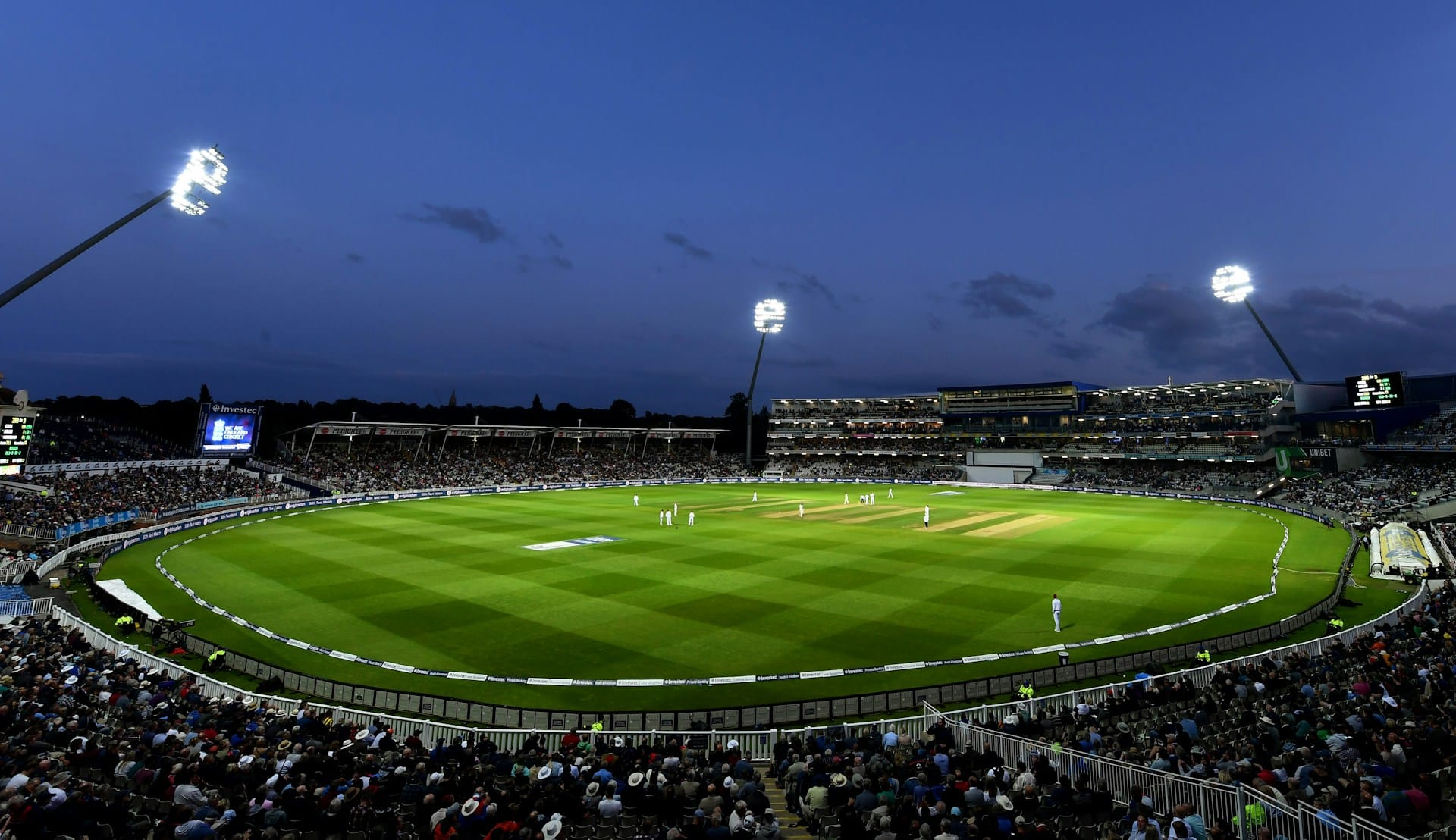What impact do sports stadiums have on urban development and revitalization?

In the heart of many cities worldwide, you’ll find magnificent sports stadiums that are not just home to your favorite teams but also play a significant role in the development and revitalization of the urban area. These grandiose facilities are more than just places where sports are played; they are powerhouses of economic activity, social interaction, and architectural marvels that shape the identity of the city.
Stadium Construction and Real Estate Development
Building a new sports stadium is not just about laying bricks and mortar. It’s a complex process that involves strategic planning for real estate development around the stadium. A new stadium is often expected to act as a catalyst for further development in the area.
A voir aussi : What are the ethical considerations in using genetic information to predict sports talent?
When a city or state decides to build a new sports stadium, it is usually accompanied by a comprehensive plan to develop the surrounding area. This plan might include the construction of new residential buildings, commercial spaces, and infrastructure improvements. It’s about creating a vibrant, dynamic neighborhood that not only caters to the sports fans but also attracts residents, businesses, and tourists.
The construction of these stadiums often leads to a rise in property values in the surrounding neighborhoods. It attracts developers who see the potential for profitable residential and commercial projects. Local residents also stand to gain as their property values go up. However, it’s essential for city officials to ensure that this development does not lead to the displacement of local residents or gentrification.
Lire également : What role does community sports play in fostering social cohesion in diverse neighborhoods?
Stadiums and Economic Development
Sports stadiums are often seen as engines of economic development. They attract thousands of fans to the city on game days, driving business for local restaurants, bars, and retailers. In addition, these stadiums often host concerts, exhibitions, and other events, further boosting the local economy.
Many stadiums are also home to sports franchises that attract investments, sponsorships, and generate employment. They contribute to the local economy not only through ticket sales but also the multiplier effect of spending by spectators, who pump money into the local economy through parking, dining, and hotel stays.
However, it’s worth noting that while stadiums can indeed trigger economic activity, they are not a silver bullet for economic development. The benefits tend to be concentrated in specific areas and sectors, and the overall impact on the city or state’s economic health remains a subject of debate among economists.
Impact on Urban Revitalization
In many cities, sports stadiums have played a pivotal role in urban revitalization, especially in downtown areas that were previously neglected. These stadiums, often built with state-of-the-art design and sustainable features, become landmarks that boost the city’s image and pride.
The stadium’s presence helps to create a vibrant atmosphere with a mix of sports, entertainment, and cultural activities. It often leads to the improvement of public spaces and transportation facilities in the area, enhancing the quality of urban life.
These developments typically lead to an inflow of investment in the city. It can attract new businesses, spur tourism, and make the city a more attractive place to live, work, and play. In effect, the stadium becomes a part of the city’s brand, contributing to its global appeal.
The Role of Local Teams in City Development
The professional sports teams that play in these stadiums are often deeply ingrained in a city’s fabric. They foster a sense of community and local identity. The performances of these teams can have an impact on the city’s morale and even influence the pace and direction of city development.
Local teams’ success can instill a sense of pride and optimism in the city’s residents, which can promote social cohesion and contribute to the city’s positive image. This can, in turn, lead to increased investment and economic growth.
However, the relationship between the city and its sports teams needs to be managed carefully. If the team’s performance slides or if the team decides to relocate, it can have a negative impact on the city’s image and economy.
The Challenges and Controversies
While the benefits of sports stadiums are often touted, they are not without controversy. The construction of these facilities often involves substantial public funding, and there has been ongoing debate about whether these investments pay off in the long run.
There are also questions about the distribution of benefits. While stadiums can bring prosperity to certain neighborhoods, they may also exacerbate economic and social inequalities. The rise in property values can lead to gentrification and displacement of local residents.
In addition, the construction of stadiums can have environmental impacts, and there are often concerns about traffic congestion and noise in the surrounding neighborhoods.
Despite these challenges, the allure of sports stadiums remains strong for many cities, and they will continue to play a significant role in urban development and revitalization. Just remember, successful stadium development requires careful planning, community involvement, and a holistic approach that goes beyond just building a facility for sports.
The Intersection of Sports and Real Estate
A pivotal aspect of urban development revolves around real estate. The construction of sports facilities often stimulates the local real estate market, giving it a much-needed boost. The areas surrounding sports venues generally experience a surge in property values, making them prime locations for developers to launch their projects.
When a city announces the construction of a new stadium, real estate developers often follow suit with a flurry of development projects. This wave of construction typically includes mixed development – a combination of residential, commercial, and recreational spaces – that redefines the urban landscape. As a result, the vicinity around the stadium becomes a live-work-play neighborhood, drawing in new residents and businesses.
Take the example of the San Francisco Giants’ major league baseball park. Its construction triggered an urban redevelopment project that transformed a former industrial area into a vibrant neighborhood with residential units, office spaces, restaurants, and parks. The synergy between sports facilities and real estate development is a testament to the potential of stadiums to drive urban growth.
However, one must not overlook the social implications of such developments. As property values rise, so does the cost of living, which can lead to gentrification. Local governments need to implement measures to ensure affordable housing options remain available for lower-income residents. This approach, known as smart growth, promotes sustainable and inclusive urban development.
Stadiums as Engines of Economic Development
The economic impact of sports facilities is profound. Stadiums and major league sports franchises can significantly contribute to local economic development. They generate income through various channels, including ticket sales, sponsorships, concessions, and merchandise. The influx of fans on game days boosts local businesses like restaurants, bars, and retail outlets.
Moreover, professional sports teams have the power to attract sizable investments. Team owners and sponsors often inject substantial funds into the city’s economy through their commitment to the team. For instance, sport infrastructure projects, such as the construction or renovation of stadiums, create numerous jobs and stimulate the local economy.
However, the economic benefits of sports stadiums should not be overstated. While they do generate economic activity, it is typically concentrated within a specific sector or area. Not all urban areas experience the economic uplift associated with sports venues. Therefore, local governments must ensure that economic benefits are spread across the city to foster balanced development.
Conclusion
In conclusion, sports stadiums are more than just sporting arenas. They are significant drivers of urban development and revitalization, contributing to real estate development, economic growth, and community pride. They shape a city’s identity, often becoming iconic landmarks and a source of local pride. However, their impact is complex and multifaceted, bringing both opportunities and challenges.
The key to maximizing the benefits of sports stadiums lies in smart, inclusive planning. It’s about harnessing the potential of these sports leagues to stimulate economic activity while ensuring that the benefits are distributed equitably. It’s about creating vibrant, sustainable neighborhoods around these sports venues that enhance the quality of urban life for all residents.
Therefore, the impact of sports stadiums on urban development and revitalization should not be underestimated. They can be powerful catalysts for change, helping a city rewrite its narrative, stimulate growth, and create a vibrant and inclusive urban landscape. However, these developments require careful planning, foresight, and a commitment to sustainable and equitable growth.
